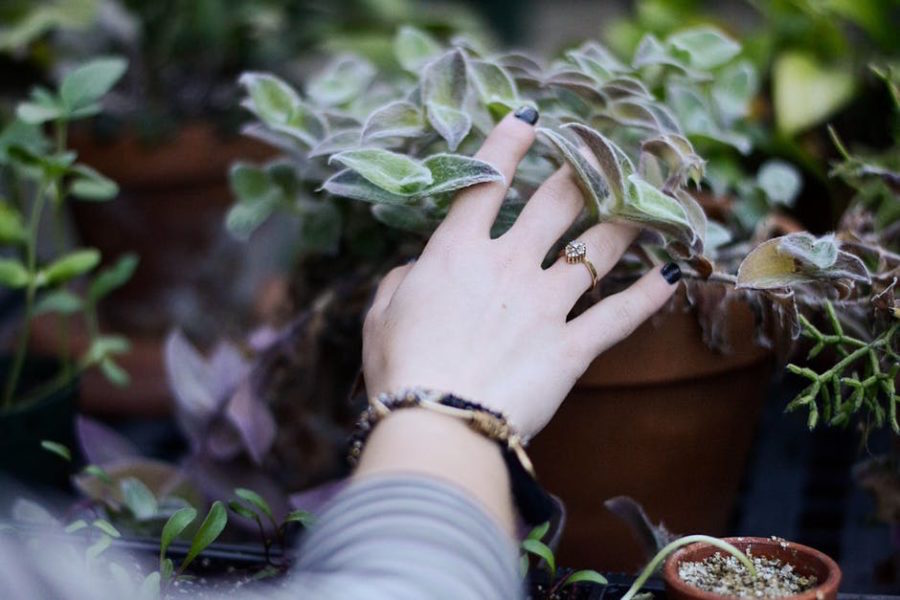
02 Apr Smarter Green: Respecting Nature for a Sustainable Lifestyle
Sustainability is essential (now more so than ever), and it’s now one of my personal missions to give my family and help others to learn how to enjoy a more sustainable lifestyle. That’s why I’m very excited to see this mindset extending to our outdoor personal spaces across America and abroad. For example, techniques like xeriscaping and growing edible gardens are gracing front lawns of houses everywhere. These trends have taken off in progressive cities throughout the US and Europe, thanks to great local climate and their residents’ newfound obsession with healthy eating (yay!) You too can take part in this great movement with these little snippets of green thumb magic, and start making an environmentally-conscientious first impression to guests and passersby in your own home:
EDIBLE GARDENS
Over half the population in the U.S. has an edible garden and people are proud to show it off. Since Austin is such a health and environmentally conscious city, using a garden to serve as sustenance and decoration seems like the perfect fit for this city. The edible trend monopolizes on the idea of using vegetable plants as decorations. Basil and rosemary grow into beautiful bushes. Add tomato plants for your own homegrown Caprese!
Most front yard gardens have a mixture of plants and flowers for maximum appeal. Edible plants typically require full sun and plenty of water so be sure to consider compatible growth factors when combining your plants. Water-conserving, bucket style irrigation is easy to incorporate and nearly invisible when the plants mature.
For your garden to blend more seamlessly into your yard, create an organic border instead of a hardscaped stark line. Marigolds, which look nice and attract insects beneficial to your plants, are a good choice. Herbs and flowering herbs can add an extra dimension that makes your garden look more appealing. Plants such as lavender add a nice color and smell. This bordering approach keeps the garden contained in a specific area so your yard doesn’t look like it’s overrun with plants.
XERISCAPING
Xeriscaping is a gardening style that reduces, or even eliminates, the need for supplemental water from irrigation. Cities in Texas and California that are frequently hit by droughts are especially interested in this gardening modality. Xeriscaping is a solution that uses plants that thrive in our dry climate to create an aesthetic yard. Xeriscaping your own yard requires a bit of research and assessment of the space. For example, when deciding where to put your plants (and which ones to use) look at your yard in terms of sun and shade.
YOU MAY ALSO ENJOY: Bringing the Outdoors In: A Vision of Glass and Greenery in this Modern Home in Central Texas
Common plants that do well in full sun areas are things such as Live Oak, Crepe Myrtle, Bottlebrush, Black-Eyed Susan, and Lamb’s Ear. Plants that do better when partially shaded are Agave plants and bamboo, but because of is quick growing nature a little bamboo goes a long way! Xeriscaping can call to mind sparsely populated, completely tan yards, but quite a few colorful plants thrive here. The Purple Cornflower does well in both.
Xeriscaping can call to mind sparsely populated, completely tan yards, but quite a few colorful plants thrive here. The Purple Cornflower does well in both full-sun and part-shade environments and adds an eye-catching purple hue to any yard. If you like the idea of xeriscaping, but don’t want to fully commit, adding xeriscaped planters can be a beautiful way to add dimension to your yard or deck.
Show us your garden! Send us your tips, photo, and garden obsessions to [email protected].


